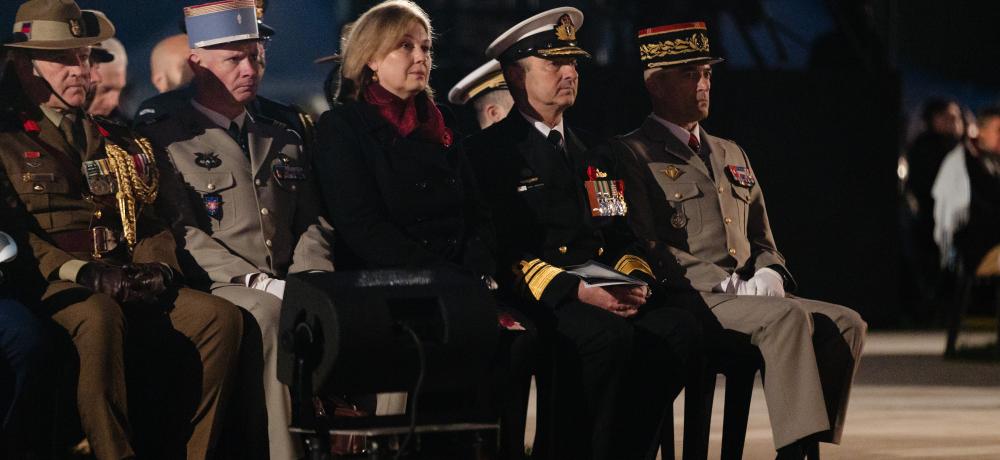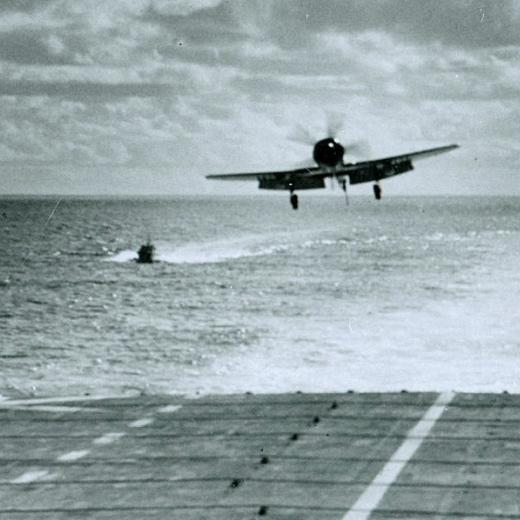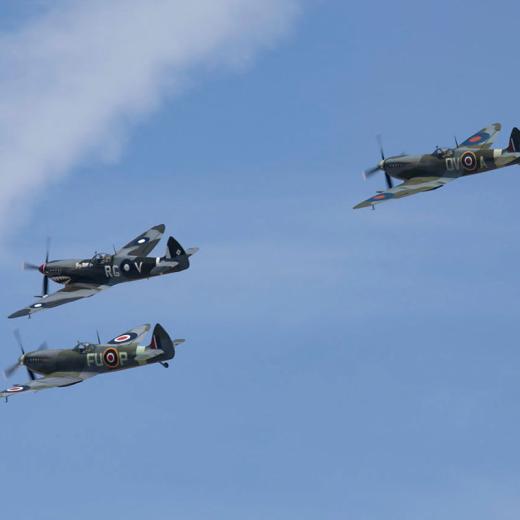BLUF
A failure of leadership, a lack of strategic vision, a poor supply chain, a failure to operate with other services and allies all contributed to the fall of France in 1940.Summary
The banner shows weeping Parisians as German soldiers march through Paris.
Blitzkrieg (lightning war) was the German WW2 strategy utilised to defeat Poland, France and much of Western Europe in 1939-40. It brought together:
- Germany created a combined force of tanks, mobile infantry and artillery.
- Close air support from the Luftwaffe (German Air Force).
- Radio communications to coordinate everything.
Conventional wisdom says the French Air Force (Armée de l’air) were weak in combat aircraft and, that this was a major contributor to France’s defeat. The author (AD Harvey) points out:
- On the French and Belgian fronts, Allied and German aircraft numbers were about the same.
- German Fighters (the Me-109E and Me-110C) were faster but less manoeuvrable than their Allied equivalents.
- Even the obsolete French Morane-Saulnier MS.406 aircraft had a reasonable combat record.
- German superiority in bombers didn’t make much difference as raids were dispersed, small in numbers, and failed to hit most targets.
- New French bombers were overly complex, and there was a shortage of spares.
- New American Martin 167 and Douglas DB-7 bombers weren’t initially available due to armament fitting issues.
- The British and French had nearly four times as many heavy anti-aircraft guns as the Germans.
- France had more tanks and better anti-tank guns than the German Army (Wehrmacht).
- The French expecting a long campaign, largely held back their bombers (including brand-new Breguet Br.693 assault bombers).
- Allied aircraft missed the opportunity to attack a vulnerable 97 km tightly packed German convoy.
- The lack of a radar network made it impossible for French Fighters to attack small German formations.
- In the ground attack role, many French Fighters were lost to anti-aircraft fire.
- Some French aircraft flew multiple sorties, while others did none.
- Poor French Air Force administration slowed the process of aircraft becoming operational.
- Although there was a French strategy that allowed attacking German industry and communications, it wasn’t actioned.
- The French Air Force essentially existed to support the army and lacked a unified strategic command structure.
- Although air support was available, the army was inflexible and didn’t think air support had a role.
- France used the same strategy as WW1 and could not cope with a war of movement as developed by the Germans in WW2.
- Harvey argues that the Armée de l’air was a symptom, not a cause, of the French military collapse.
- The collapse of France did result in the Luftwaffe over-estimating their ability, which cost them dearly during the Battle of Britain.
- Important to note that the failure of the French Air Force was not the only reason France collapsed in 1940.
References
- 1989 USAFA Harmon Memorial Lecture #32 Air Power, Armies, and the War in the West, 1940.
- Spring 1993 JSTOR French Air Strength in May 1940
- Thesis Lieutenant –Colonel Xavier Gallais, French Air Force Tactical Effectiveness of the French Air Force during the War in the West 1939-1940
- Mar 2011 BBC The Fall of France
- Aug 2013 Youtube The French Airforce during the Battle of France - 1940
- Jun 2015 BBC The WW2 soldiers France has forgotten
- Nov 2018 Air Force Magazine The Fall of France
- 2019 Quora In WW2, what happened to the French Air Force?
- May 2020 France 24 Why did France lose to Germany in 1940?
- Jul 2020 Weapons and Warfare French Air Force 1940 – Analysis




